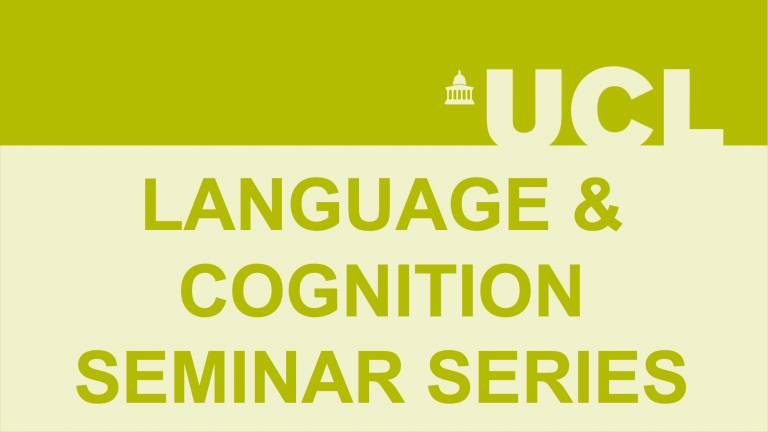Language & Cognition seminar - Prof Harald Baayen
16 March 2022, 1:00 pm–2:00 pm

Wednesday, 16 March 2022. 1-2pm UK time. "Modeling lexical processing with linear mappings." Talk held online (please contact the organiser for joining details).
This event is free.
Event Information
Open to
- All
Cost
- Free
Organiser
-
Disa Witkowska – Language & Cognition
Modeling lexical processing with linear mappings
Baayen et al. (2019) proposed a computational model for the mental lexicon which approximates comprehension and production with linear mappings between high-dimensional representations of form and meaning. In my presentation, I will discuss three case studies that illustrate the new opportunities that come with this approach.
The first case study, carried out in collaboration with Susanne Gahl (Berkeley), addresses the spoken duration of English homophones. Gahl (2008) had previously reported that low-frequency homophones have longer durations than their high-frequency counterparts. Using the DLM with empirical word embeddings to represent words' semantics, we have been able to show that the extent to which a words' form is supported by its semantics is a strong determinant of its spoken word duration.
The second case study addresses the question of how to represent the meanings of complex words. My collaborator Elnaz Shafaei-Bajestan focused on noun plurals in English. Upon closer inspection of the word embeddings of singulars and plurals, it turns out that the change from a singular embedding to a plural embedding varies with the semantic class to which a given lexeme belongs. The original conceptualization of pluralization proposed in Baayen et al. (2019), which assumed that the same general 'plural vector' is to be added to a singular's vector to obtain the corresponding plural, clearly is too simplistic.
The third case study addresses the issue of lexical learning. The DLM provides two ways for estimating linear mappings between form vectors and meaning vectors. One way is to make use of multivariate multiple regression, the other uses the learning rule of Widrow and Hoff (1960). My collaborators Maria Heitmeier and Yu-Ying Chuang used the DLM with incremental learning to model the lexical decision latencies of the British Lexicon Project (Keuleers et al., 2012). Prediction accuracy for reaction times increases substantially when predictors were used that were derived from a DLM that updates its connection weights as the experiment unfolds.
About the Speaker
Prof Harald Baayen
at Department of Linguistics, University of Tübingen, Germany
More about Prof Harald Baayen Close
Close

